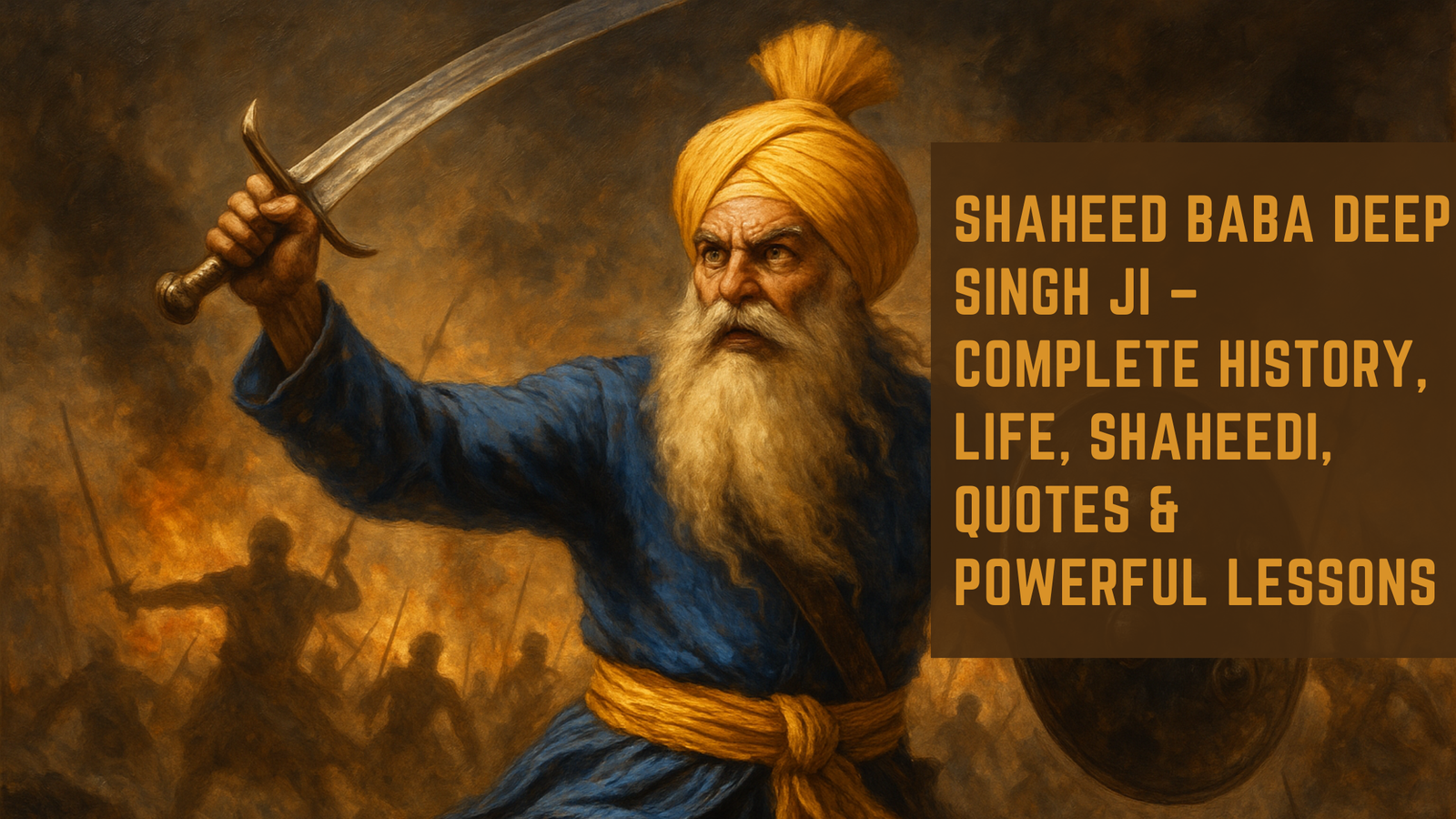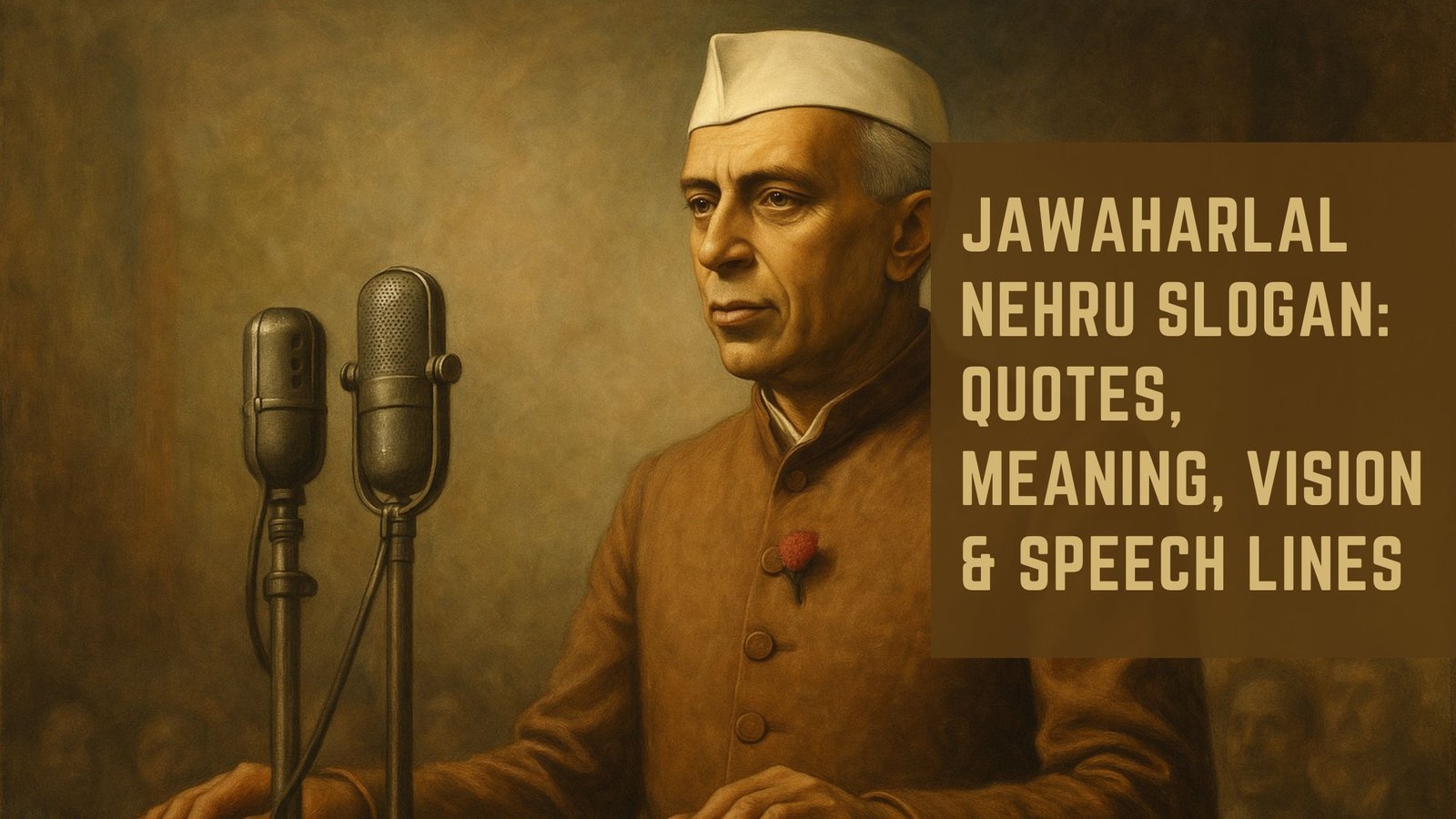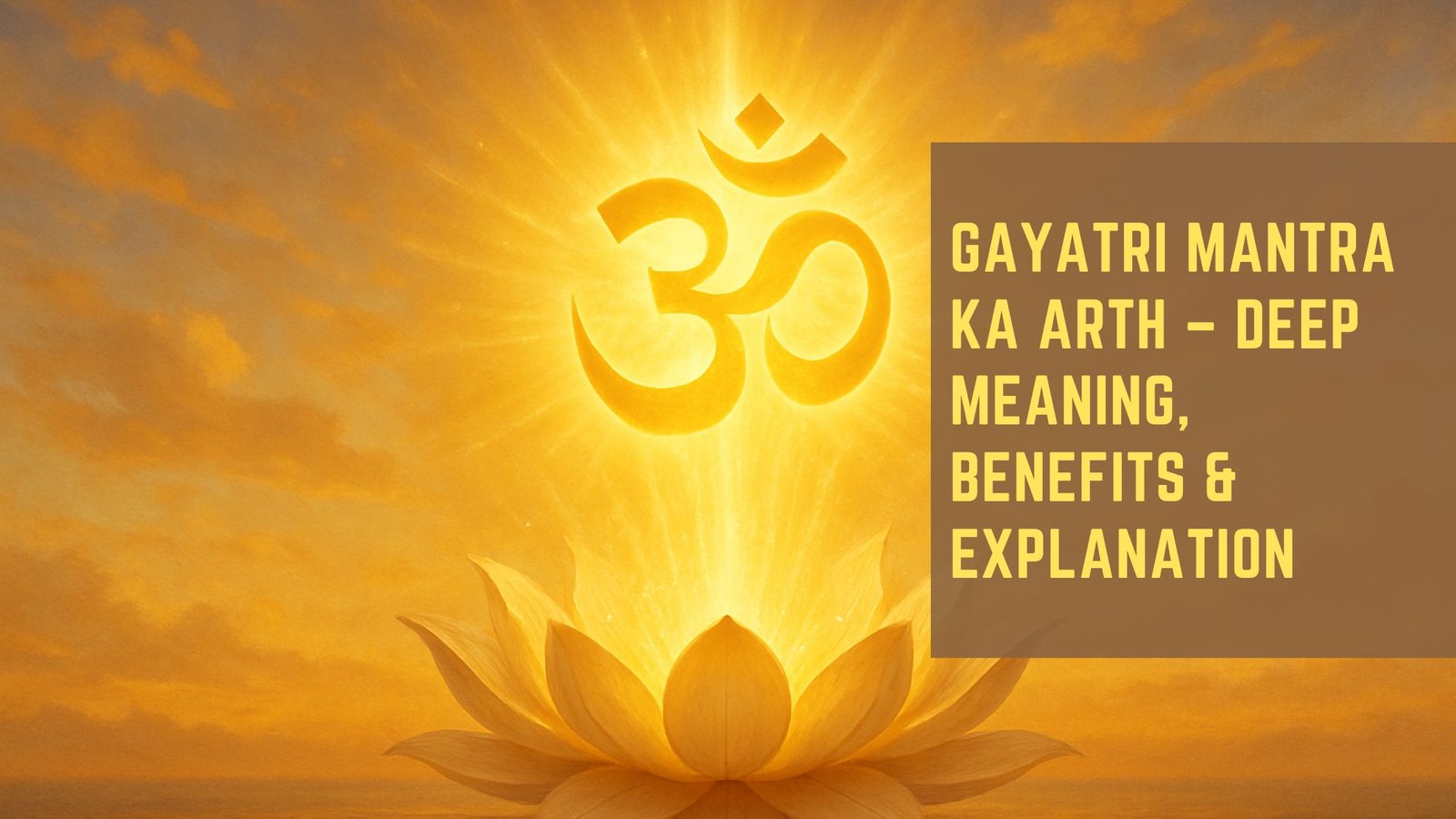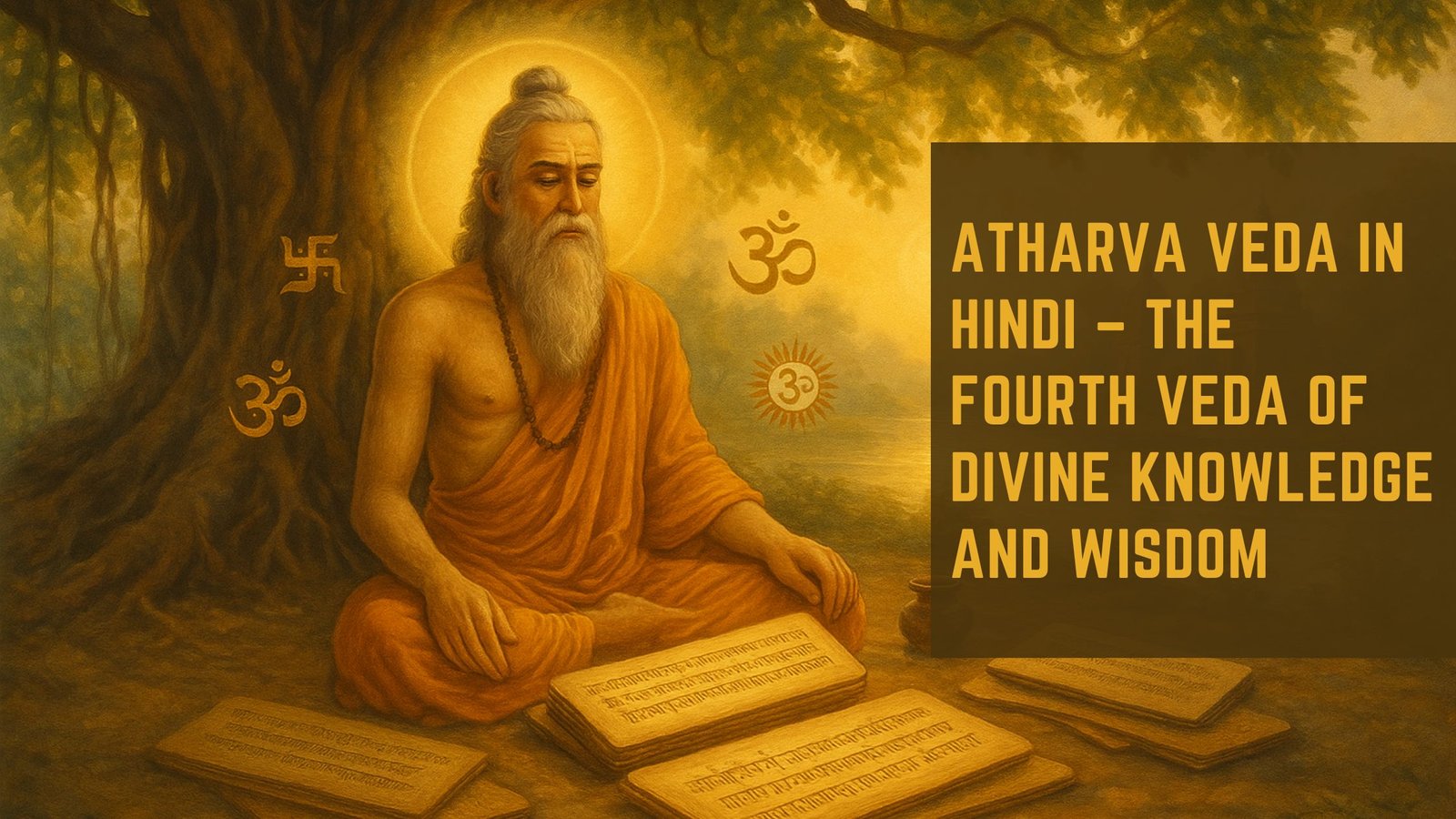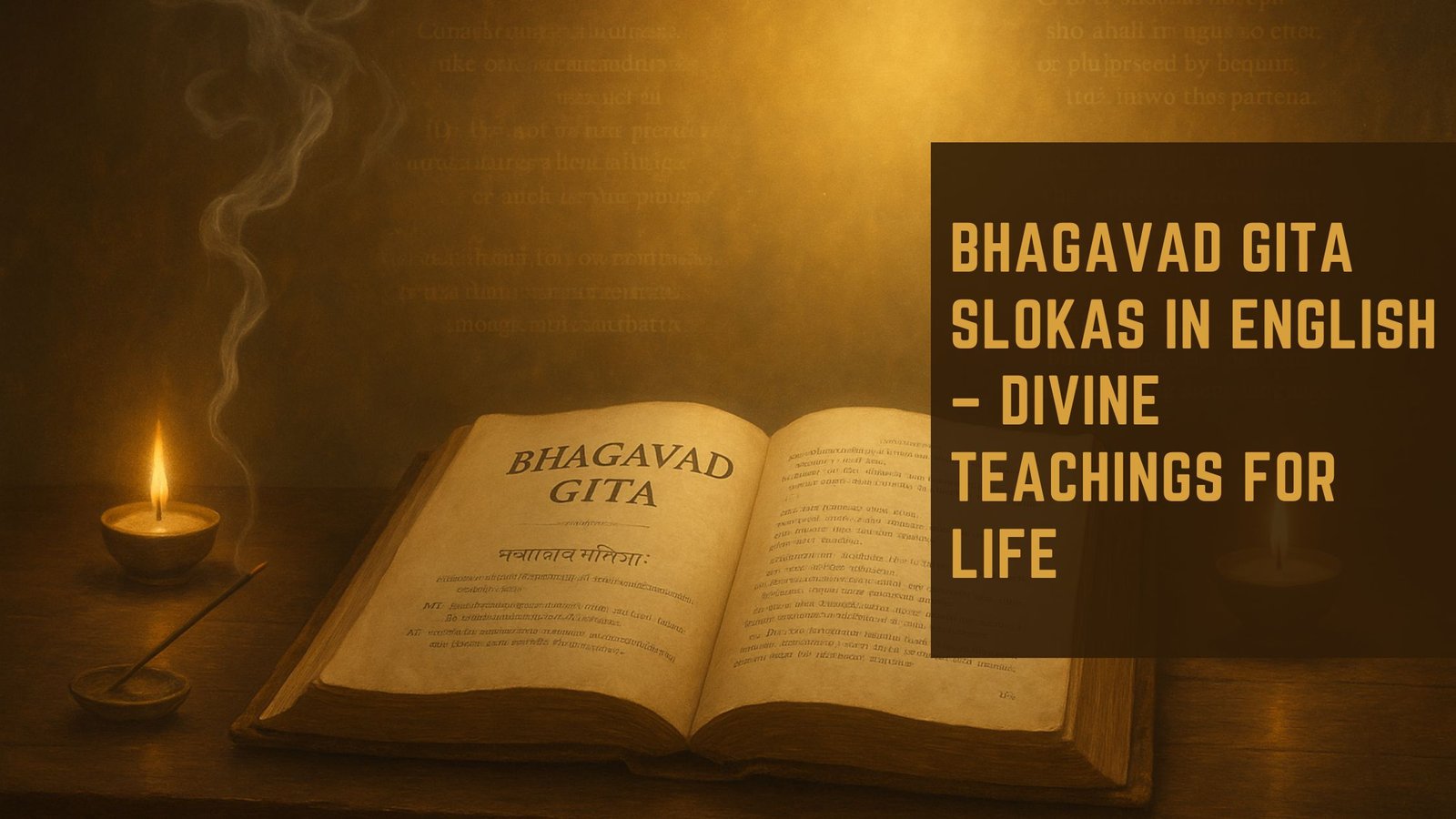The Bhagavad Gita, often referred to simply as the Gita, is a 700-verse Hindu scripture that is part of the Indian epic Mahabharata. It is a dialogue between Prince Arjuna and Lord Krishna, who serves as his charioteer. This sacred text is not merely a religious scripture; it is a philosophical treatise that addresses the moral and ethical dilemmas faced by individuals in their lives.
The Gita encapsulates profound spiritual wisdom and offers insights into the nature of reality, duty, and the self. Its teachings transcend time and culture, making it a timeless guide for humanity. The Gita’s significance extends beyond its religious context; it has been a source of inspiration for countless thinkers, leaders, and spiritual seekers throughout history.
Its verses delve into the complexities of human existence, exploring themes such as righteousness (dharma), devotion (bhakti), and the pursuit of knowledge (jnana). The Gita invites readers to reflect on their own lives, encouraging them to seek clarity in their thoughts and actions. As a philosophical guide, it provides a framework for understanding the interplay between the material and spiritual realms, urging individuals to navigate their paths with wisdom and integrity.
Key Takeaways
- The Bhagavad Gita is a sacred Hindu scripture that is part of the Indian epic, the Mahabharata, and is considered a spiritual and philosophical guide.
- The Gita was composed in the historical context of the Kurukshetra War, where the warrior Arjuna faces a moral dilemma and seeks guidance from Lord Krishna.
- Key concepts in the Gita include the nature of duty (dharma), the path to self-realization (moksha), and the importance of devotion and action without attachment.
- Arjuna plays a central role in the Gita as he grapples with moral and ethical dilemmas, representing the inner conflicts and struggles of humanity.
- The Gita’s philosophy delves into the nature of the self, the concept of karma, and the interconnectedness of all beings, offering profound insights into the human experience.
- The Gita’s teachings can be applied in daily life through practices such as meditation, selfless action, and cultivating a sense of detachment from the fruits of one’s actions.
- Modern interpretations of the Gita emphasize its universal relevance, offering guidance on leadership, decision-making, and finding inner peace in the midst of life’s challenges.
- Embracing the profound wisdom of the Gita involves integrating its teachings into one’s life, fostering a deeper understanding of the self and the interconnectedness of all existence.
Historical Context of the Gita
To fully appreciate the Bhagavad Gita, one must consider its historical context within the Mahabharata, which is believed to have been composed between the 8th and 4th centuries BCE. The epic narrates the story of two families, the Pandavas and the Kauravas, who are embroiled in a fierce struggle for power. The Gita is set on the battlefield of Kurukshetra, just before a great war is about to commence.
This moment of impending conflict serves as a backdrop for the philosophical discourse that unfolds between Arjuna and Krishna. The historical setting of the Gita reflects the societal norms and values of ancient India, where concepts of duty and righteousness were paramount. The text addresses the moral quandaries faced by Arjuna as he grapples with his responsibilities as a warrior and his reluctance to engage in battle against his own kin.
This internal conflict mirrors the broader struggles of humanity, making the Gita’s teachings relevant across different eras and cultures. The dialogue not only highlights the personal dilemmas of Arjuna but also serves as a commentary on the ethical challenges faced by individuals in positions of power and responsibility.
Key Concepts and Teachings in the Gita
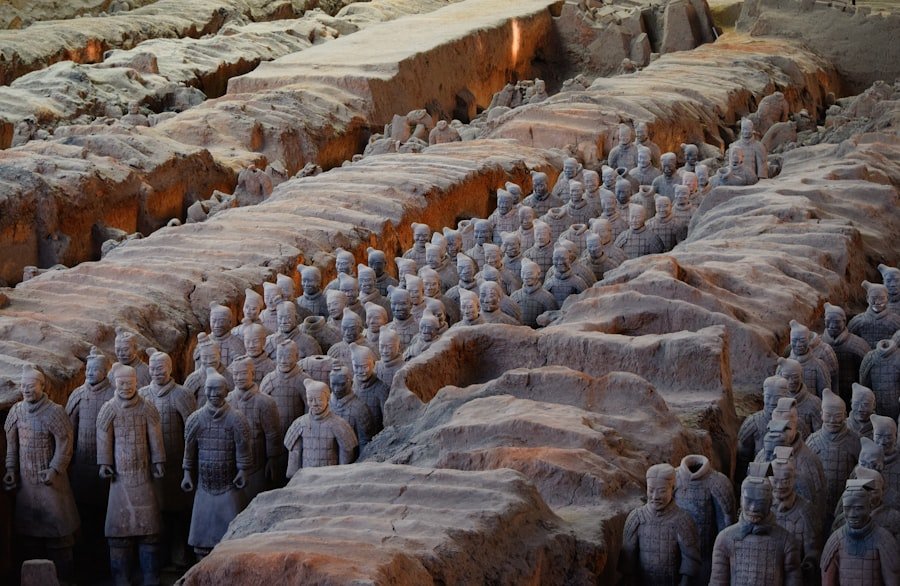
The Bhagavad Gita introduces several key concepts that are central to its teachings. One of the most significant is the idea of dharma, or duty. Dharma encompasses not only one’s responsibilities but also the moral principles that guide one’s actions.
In the context of Arjuna’s dilemma, Krishna emphasizes that fulfilling one’s duty as a warrior is essential, even when it involves difficult choices. This notion of duty extends beyond mere obligation; it is intertwined with the pursuit of righteousness and justice. Another crucial teaching in the Gita is the concept of yoga, which refers to the paths to spiritual realization.
The Gita outlines various forms of yoga, including Karma Yoga (the path of selfless action), Bhakti Yoga (the path of devotion), and Jnana Yoga (the path of knowledge). Each path offers a different approach to achieving spiritual growth and understanding one’s true nature. Through these teachings, Krishna encourages Arjuna to transcend his fears and doubts by embracing action rooted in selflessness and devotion.
The Role of Arjuna in the Gita
Arjuna serves as both a character within the narrative and a symbolic representation of humanity’s struggles. His initial reluctance to fight in the battle against his relatives and mentors reflects a universal human experience: the conflict between personal desires and societal obligations. As he stands on the battlefield, overwhelmed by grief and confusion, Arjuna embodies the moral dilemmas that many face when confronted with difficult choices.
Krishna’s guidance to Arjuna is pivotal in transforming his perspective. Through their dialogue, Krishna imparts wisdom that helps Arjuna recognize his higher purpose beyond personal attachments. This transformation illustrates how individuals can navigate their inner conflicts by seeking guidance from a higher source or through introspection.
Arjuna’s journey from despair to clarity serves as an allegory for anyone grappling with ethical dilemmas or existential questions, emphasizing that enlightenment often arises from confronting one’s fears head-on.
Understanding the Depths of the Gita’s Philosophy
The philosophical depth of the Bhagavad Gita lies in its exploration of fundamental questions about existence, consciousness, and the nature of reality.
Krishna explains that while the body is temporary and subject to decay, the soul is immortal and transcends physical existence.
This understanding encourages individuals to look beyond superficial concerns and recognize their true essence. Moreover, the Gita delves into concepts such as detachment and equanimity.
This principle advocates for engaging in one’s duties while remaining unattached to success or failure. By cultivating a sense of detachment, individuals can navigate life’s challenges with greater resilience and peace of mind. The Gita’s philosophy encourages a holistic understanding of life that integrates action with spiritual awareness.
Practical Application of the Gita’s Teachings

The teachings of the Bhagavad Gita are not confined to philosophical discourse; they offer practical guidance for everyday living. One key application is in decision-making processes. The Gita encourages individuals to assess their choices through the lens of dharma, considering not only personal desires but also their responsibilities toward others and society at large.
This approach fosters ethical decision-making that aligns with one’s values and principles. Additionally, the Gita’s emphasis on selfless action can be applied in various contexts, from professional environments to personal relationships. By adopting a mindset focused on service rather than self-interest, individuals can cultivate more meaningful connections with others.
This principle resonates particularly in today’s fast-paced world, where competition often overshadows collaboration. The Gita’s teachings inspire individuals to act with integrity and compassion, fostering a sense of community and shared purpose.
Modern Interpretations and Relevance of the Gita
In contemporary society, the Bhagavad Gita continues to resonate with diverse audiences across cultural and religious boundaries. Its teachings have been interpreted through various lenses, including psychology, leadership studies, and even environmental ethics. Modern thinkers have drawn parallels between Arjuna’s struggles and contemporary issues such as social justice, mental health, and personal fulfillment.
For instance, leaders in business often reference the Gita’s principles when discussing ethical leadership and corporate responsibility. The idea of leading with integrity while balancing competing interests mirrors Arjuna’s journey toward understanding his duty amidst conflicting loyalties. Furthermore, as individuals grapple with existential questions in an increasingly complex world, the Gita offers timeless wisdom that encourages introspection and self-discovery.
Embracing the Profound Wisdom of the Gita
The Bhagavad Gita stands as a monumental text that transcends its historical origins to offer profound insights into human existence. Its teachings on duty, selflessness, and spiritual realization provide a roadmap for navigating life’s complexities with grace and wisdom. As individuals continue to seek meaning in their lives amidst challenges and uncertainties, embracing the wisdom of the Gita can serve as a guiding light.
In an age where distractions abound and ethical dilemmas are prevalent, returning to the core teachings of the Gita can inspire individuals to cultivate resilience, compassion, and clarity in their actions. By engaging with this ancient text, one can embark on a journey toward self-awareness and fulfillment that resonates deeply within the human experience. The Bhagavad Gita remains not only a spiritual classic but also a practical guide for living a life aligned with higher principles and values.
For a related article to the Gita that is capable of being understood, I recommend checking out Life Lessons from the Gita: Ancient Wisdom for Today. This article delves into the timeless teachings of the Gita and how they can be applied to modern life. It offers valuable insights and practical advice on how to navigate the challenges of today’s world using the wisdom found in this ancient text. Additionally, you may also find

